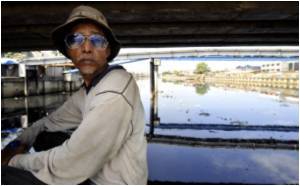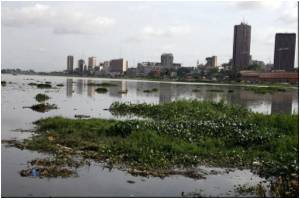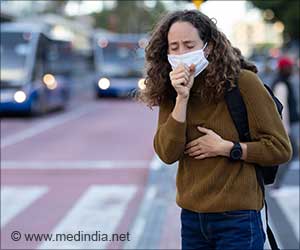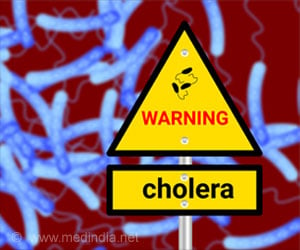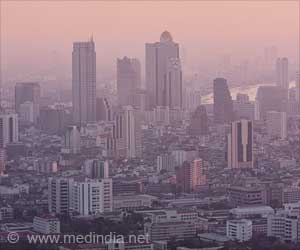
Accordingly, researchers from the Helmholtz Center for Environmental Research (UFZ) Germany and the Environmental Institute in Slovakia have called for including the chemical in routine monitoring programs, the journal Environmental Science Pollution Research reported.
Scientists are also very concerned about the fact that currently triclosan cannot only be detected in organisms living in wastewater but also in human plasma and in breast milk. Therefore, harmful effects extending beyond water organisms cannot be excluded, according to an UFZ statement.
This chemical has been on the market since 1972 and it was not until 1998 that the first serious effects were discovered.
Until now triclosan has been used as an antibacterial and antifungal agent in personal care products (toothpaste) and sportswear.
Approximately 350 tonnes of triclosan were used in the European Union in 2005. However, it is still not monitored in many parts of Europe.
Advertisement
Source-IANS

